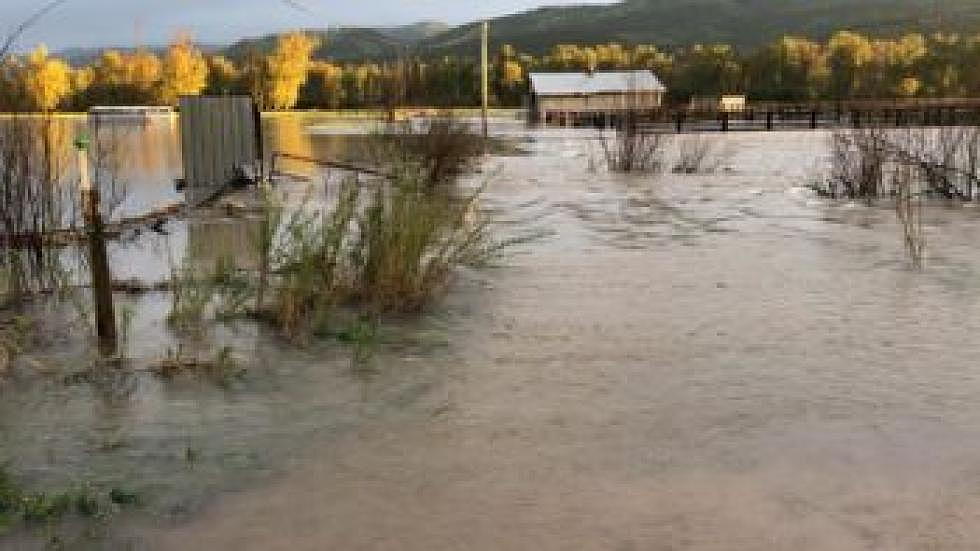
Missoula County flooding reaches financial threshold; disaster proclamation signed
Missoula County commissioners signed a disaster proclamation this week, saying the cost of local flooding has reached a financial threshold that allows them to seek state assistance.
The move marks the latest step in the county's response to flooding along the Clark Fork River, an event that began around April 29 when the water rose higher and faster than expected, prompting commissioners to issue an emergency proclamation.
“We've reached certain indicators that we feel make it prudent to change our emergency declaration to a disaster declaration,” said Adriane Beck, director of the county’s Office of Emergency Management. “We haven't even hit our traditional flood season yet. We're still two weeks out from when we'd typically see our normal rise in the river as a result of the snowmelt coming off.”
Beck on Thursday said the National Weather Service in Missoula has indicated record snowpack in the mountains containing record water equivalency. With much of that snow still in place, she said it's likely the county could face flooding problems for the next few weeks.
Already, she said, Missoula County has incurred more than $200,000 in expenses, meeting one of the requirements needed for a disaster proclamation.
“Once we declare a disaster, it means we've reached one of several indicators, the financial piece being the one that's getting the most attention,” Beck said. “We've reached or exceeded our emergency 2 mill value, just under $202,000. That allows us to now ask for direct state assistance by way of financial cost sharing or reimbursement to this response or the recovery effort that's bound to follow.”
The state is likely to reach its own financial thresholds in its response to flooding across the state, opening the door to a presidential disaster declaration or some other form of federal assistance.
Chris Lounsbury, the county's chief administrative officer, said while commissioners have the option of levying the county's 2 emergency mills, doing so comes with its own set of regulations.
As it stands, he said, the county has funded its response using reserves from the General Fund set aside for unexpected events.
“Historically, the commissioners have chosen to use reserves as opposed to those mills because of the restrictions that go around them,” Lounsbury said. “Every time we have an event like this, it's a decision that comes at the latter part of that. At this point, we're spending reserves to cover those costs.”
Cooler temperatures over the last few days have held the Clark Fork River in the moderate flood stage and below earlier predictions. Both the Bitterroot and Blackfoot rivers are listed in the minor flood stage.
